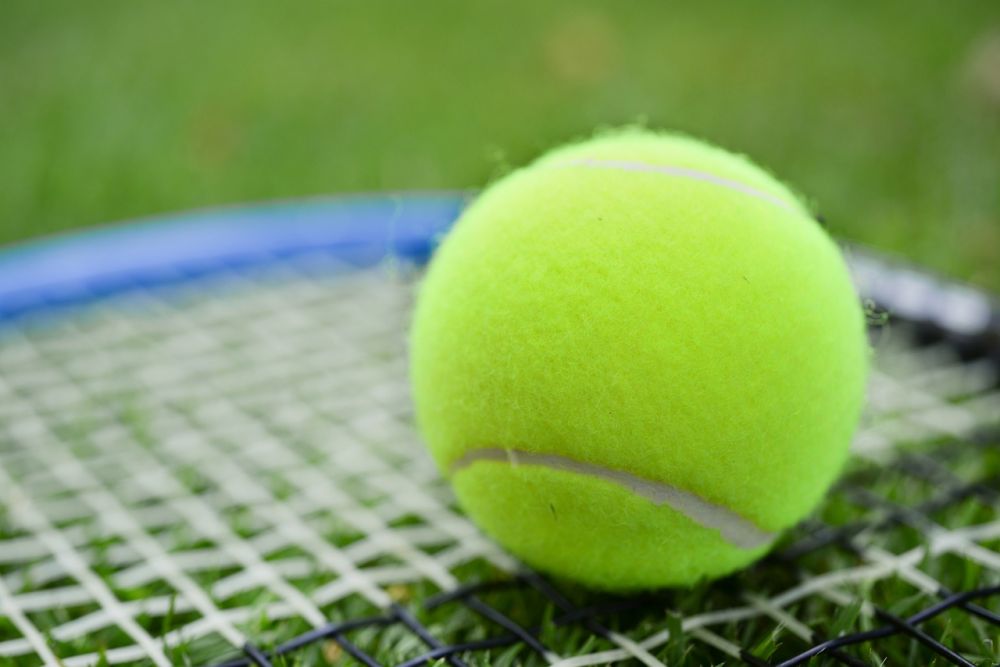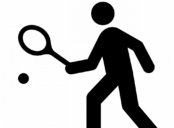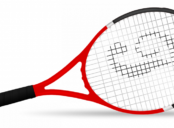Tennis Terminology: An In-depth Exploration for Tennis Enthusiasts

Introduction
Tennis is a sport rich in history and tradition, with its own unique language and terminology. Understanding these tennis terms is crucial for players, coaches, and fans to fully appreciate and engage with the game. In this comprehensive article, we will delve into the world of tennis terms, exploring their various types, popularity, historical significance, and differences. Whether you’re a seasoned player or a tennis novice, this article aims to provide you with a thorough understanding of tennis terminology.
Overview of Tennis Terms

Tennis terms encompass a wide range of terms and phrases specific to the sport. These terms are used to describe various aspects of the game, from scoring and techniques to equipment and court surfaces. To fully grasp the game, it is essential to have a solid understanding of the most commonly used tennis terms.
Comprehensive Presentation of Tennis Terms
Tennis terms can be classified into several categories. Firstly, let’s explore the core terminology related to scoring and gameplay. Terms like ”love,” ”deuce,” ”advantage,” and ”set point” are fundamental to understanding the scoring system in tennis. Additionally, terms such as ”baseline,” ”net,” ”backhand,” and ”forehand” describe different areas of the court and various playing strokes. Understanding these terms is vital for players and fans alike.
Furthermore, tennis equipment also has its own set of terms. Racquets, balls, and strings all have specific terms associated with them. For example, terms like ”grip size,” ”tension,” and ”head size” refer to different aspects of tennis racquets. Knowledge of these terms can help players choose the right equipment to enhance their game.
Quantitative Measurements of Tennis Terms
Quantifying tennis terms provides valuable insights into the sport. For instance, statistics on ”aces,” ”unforced errors,” ”first serve percentage,” and ”winning percentage” offer objective measurements of a player’s performance. These measurements help in evaluating player strategies, strengths, and weaknesses. Understanding these quantitative measurements can greatly enhance the way tennis is analyzed and appreciated.
Discussion on the Differences among Tennis Terms
Although many tennis terms may seem interchangeable, they often have subtle differences that can impact the game. For instance, ”service” and ”serve” are related terms but have distinct meanings. Similarly, ”slice” and ”spin” signify different types of shots. Discussing these differences helps players and fans develop a deeper understanding of the nuances of the game.
Historical Overview of Pros and Cons of Various Tennis Terms
Throughout tennis history, certain terms have evolved, while others have lost popularity. Exploring the historical aspects of tennis terms sheds light on their advantages and disadvantages. For example, the use of hawk-eye technology for line calls has eliminated controversies but also led to a loss of human judgment. Understanding these historical aspects allows us to appreciate how tennis has evolved over time and identify potential improvements for the future.
Conclusion
Tennis terminology forms the backbone of the sport, enabling players, coaches, and fans to communicate effectively and understand the game better. By providing a comprehensive overview of tennis terms, their types, popularity, quantitative measurements, differences, and historical significance, this article aims to equip tennis enthusiasts with a thorough understanding of the sport’s language. Whether you’re cheering from the stands or battling on the court, mastering tennis terminology will enhance your overall appreciation and engagement with the beautiful game.
[INSERT VIDEO HERE: A short clip illustrating different tennis terms and techniques can be inserted here to further enhance readers’ understanding.]





















